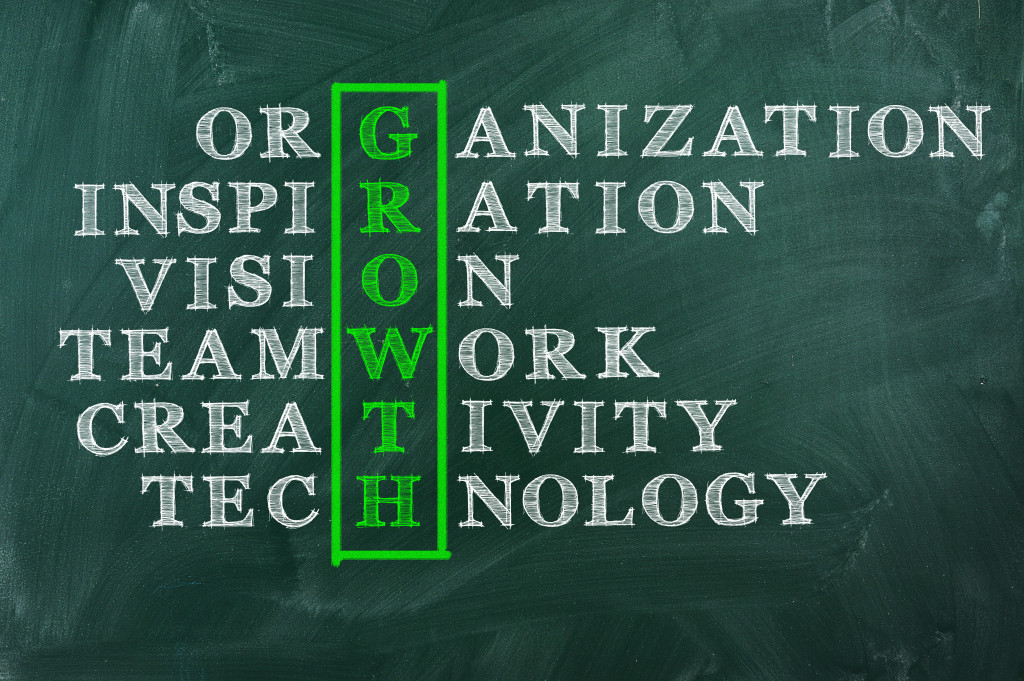Efficient business monitoring is becoming more crucial as institutions deal with financial restrictions and growing scrutiny of expenditure. For many entrepreneurs, growth management often entails a system for monitoring vehicles, buildings, information technology, and other equipment utilized to carry out activities.
Without a capable system for managing property, various industries in areas such as health, academia, and social care confront many issues. It includes a high incidence of equipment malfunction and accidental loss, both of which can hurt budgets and operations.
Implementing the Right Software
Indeed, there are significant ways that organizations can increase operational efficiency. By employing the appropriate monitoring software that is cloud-based and can assist enhance efficiency and reducing expenses, you can streamline the following areas:
Regulatory Compliance
Manual inventory control can be time-consuming and labor-intensive, prone to human mistakes. Warehouse management software inside a centralized program allows for real-time, up-to-date statistics. It opens the opportunity for multiple entities to keep detailed service records for auditing and ensuring regulatory compliance.
Audits
There will be times when you’ll be facing numerous state-required accreditation and government asset tracking. In that case, public sector software is a handy tool. You can use it in any of your local businesses to monitor documents, retain information, and other equipment. It allows you to tailor processes by combining industry standards, bar codes, RFID and arranging it all in a well-designed and simple-to-customize database.
Operations
Business agencies’ primary objective is to optimize return on investment while staying under budget. Administrators can regulate account movement and keep records with the help of an electronic recording system to optimize expenditures.
Accountability
Public-sector organizations are continually subjected to intense examination. That’s why they must retain openness throughout their everyday operations across locales. A surveillance system allows local authorities to keep track of user footprints to account for everyday activity. It facilitates the investigation of lost equipment and property abuse incidents.
Location
The bulk of stakeholders follows an organizational structure, which implies that you must oversee different locations. Organizations can successfully monitor valuables at numerous locations by using the correct location monitoring tools. It guarantees a proper authorization channel with less room for error.
Implementing Growth Management
It is critical to identify particular demands and establish a policy that meets those objectives to better monitor growth. Here are some methods to develop your business monitoring practices.
Analyze Needs
The first stage is to assess the requirements of the company. It comprises the primary processes and resources. If your firm is within the public sector, you will want a system that can handle operations and maintenance routines as well as inventories. Then, decide the resources you wish to monitor. In the beginning, you might start by identifying and monitoring priority commodities.

Set Goals
A company plan is more likely to succeed if it has defined goals and objectives. Likewise, in the context of an investment management policy, agencies should establish precise goals.
These objectives cover a variety of procedures that you can carry out efficiently with the assistance of a monitoring system. Broad goals might well be broken down into quantitative measures such as a decreased outage, timely disposal, and gain access control measures to reduce occurrences of capital loss and limit the scope even further.
Devise an Action Plan
Stakeholders should develop a clear management action plan to meet monitoring goals and expectations. Such projects primarily comprise a road map for corporations to follow to attain their long-term goals.
Monitor Progress
A plan for growth management is a continuous work in progress. The key to meeting your goals is to examine and analyze your performance. In that case, institutions can set up frequent performance review meetings to explore future developments.
Holding periodic performance meetings allows managers to identify areas that need attention. An in-depth examination of equipment downtime indicates which components are performing well to existing maintenance techniques and need more attention. Such methods serve as the starting point for changes to the current management strategy.
Utilize Feedback
A business’ activities can influence various stakeholders. As a result, authorities should consider comments from all parties concerned. While getting input from relevant parties is simple, engaging external stakeholders needs a little more work.
Input from stakeholders aids in establishing a transparent decision-making process which is a significant benefit to public and private agencies.
Wrapping Up
Businesses are in charge of delivering essential services and products to the community. Therefore, each office must invest in the appropriate management tools to maintain performance standards. Handling a business through technology allows the company to monitor resource activities across several locations easily.




